Sales Funnel vs Website: Which is Better in 2024
Introduction:
In the online business world, let’s talk about sales funnel vs. website. A website is like your online store where people can learn about your brand. On the other hand, a sales funnel is a roadmap that helps turn visitors into customers. Websites give you a presence, but sales funnels guide people step by step to buy something. It’s like comparing a shop to the path that leads customers to the shop.
Key Takeaways:
What is a website?
A website is a group of linked web pages or documents kept on a web server and viewed through the internet. It is a virtual space where individuals, businesses, organizations, and other entities can present information, showcase different products or services, interact with users, and engage in various online activities.
A traditional website typically comprises HTML (Hypertext Markup Language) documents, including text, images, videos, links, and other multimedia elements. These documents are often organized into a hierarchical structure, with a homepage as the main entry point.
Websites can serve a wide range of purposes, such as:
- Informational websites: These provide information about a particular topic, such as news websites, educational sites, or reference portals.
- E-commerce websites enable the online business of products or services, facilitating transactions between businesses and consumers.
- Social networking sites: These platforms allow users to connect, share content, and communicate with others online, such as Facebook, Twitter, or LinkedIn.
- Blogging platforms: These sites host individual or group blogs where users can publish a blog article, personal thoughts, or opinions.
- Entertainment websites: These offer various forms of entertainment, including streaming platforms, gaming portals, or multimedia content providers.
- Corporate or Business websites: These represent companies or organizations and provide information about their products, services, and contact information. Brick-and-mortar stores usually have a business website.
- Government websites: These are maintained by government agencies and provide information about public services, policies, regulations, and resources.
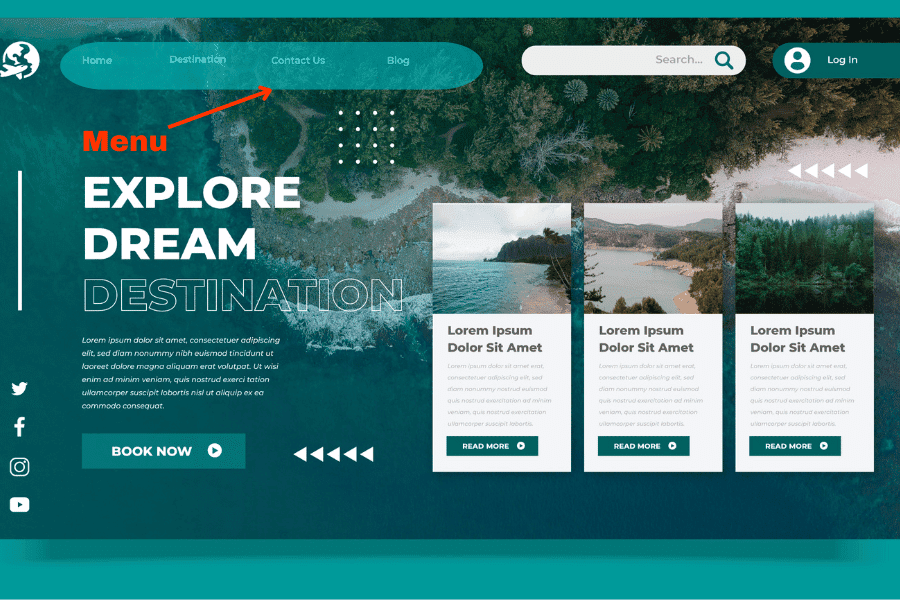

Website Homepage (source: Image by Freepik)
Websites can range from simple static pages rarely changing to dynamic sites frequently updated with fresh content. They can be accessed using web browsers like Chrome, Firefox, Safari, or Internet Explorer by entering the website’s URL (Uniform Resource Locator) or clicking links from other websites or search engine results.
What is a Sales Funnel?
A sales funnel visualizes the customer journey from initial product or service awareness to eventual conversion and purchase. It is called a funnel because, similar to the shape of a funnel, the number of potential customers decreases as they move through each stages of the sales funnel.
The funnel concept is widely used to understand and optimize the sales or marketing process. It usually consists of a series of steps, which can change based on the business or industry.
Here are the typical stages of a marketing funnel:
- Awareness: This is the top of the funnel, where potential clients learn about a product or business through advertising, content marketing, social media marketing, online marketing, email campaigns, or word-of-mouth.
- Interest: In this stage of the funnel, interested prospects who were aware of the product or brand show further interest by actively seeking more valuable information, engaging with content, or expressing initial intent.
- Consideration: At this stage, prospects evaluate the product or service and compare it with alternatives. They may research, read reviews, compare prices, and weigh the benefits before deciding.
- Conversion: This conversion funnel stage represents the point where potential consumers take the desired action, such as purchasing, subscribing to a service, or completing a form. It marks the conversion of a prospect into a customer.
- Loyalty/Retention: After a successful conversion, the focus shifts to retaining the customer and fostering loyalty. This may involve providing excellent customer support, delivering a positive experience, and engaging customers to encourage repeat purchases or referrals.
The funnel concept allows businesses to analyze and optimize each customer journey stage to improve conversion rates and overall marketing effectiveness. It helps identify areas where potential customers may drop off and provides insights for targeted strategies to nurture leads, address customer concerns, and enhance the overall customer experience.
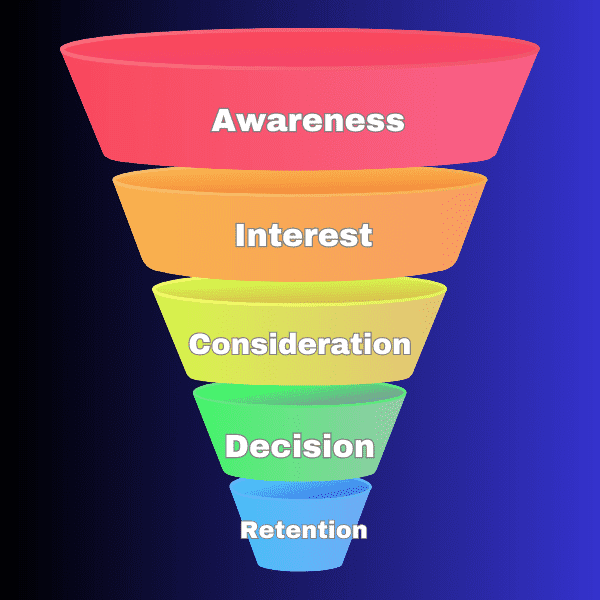

Sales Funnel: The best sales funnel builder that I have used is Systeme.io. Try their Free Forever plan, and you can build 3 sales funnels for free.
Pro Tip:
With Systeme.io, you can do more than build sales funnels. You can also create and manage your entire online marketing system. Whether you want to build sales funnels, websites, landing pages, websites, email marketing, courses, or blogs, Systeme.io has it all. Try their Free Plan Forever.
Sales Funnel vs Website: What is the difference?
While a website and a sales funnel are related concepts in the digital marketing realm, they have different purposes and distinct characteristics. Here’s a comparison between a sales funnel vs website:
1. Purpose: Sales Funnel vs Website
Website: The purpose of a website is to provide an online platform for presenting information, showcasing products or services, and engaging with users. It provides a broader online presence and can serve various functions beyond marketing, such as providing resources, facilitating communication, or hosting interactive features.
Funnel: The purpose of a sales funnel, on the other hand, is to represent the customer journey and the sequential steps a prospect takes to become a customer. It focuses specifically on the marketing and sales process, aiming to convert potential customers into paying customers.
2. Structure:
Website: A website consists of interconnected web pages that are organized hierarchically. It can have a variety of sections, menus, and content, providing visitors with a broader range of information and options.
Funnel: A funnel, usually represented as a linear sequence, illustrates the stages a prospect goes through during the customer journey, starting from initial awareness and ending with conversion. It simplifies the customer journey into a focused pathway.
3. Functionality:
Website: Websites can have diverse functionality, including informational content, e-commerce capabilities, interactive features, user registration, comment sections, and more. They are designed to provide a comprehensive online experience and cater to various user needs.
Funnel: Funnels primarily guide potential customers through specific actions or conversions. They often employ strategies like lead generation, email marketing, landing pages, targeted messaging, and remarketing to drive users toward the desired conversion point.


One of the main purposes of a sales funnel is an email marketing campaign. Systeme.io has a platform that includes a sales funnel builder and email marketing. Based on experience, it has the best Free Forever plan all-in-one business platform. You can send unlimited emails to your 2000 contacts for free.
4. Scope:
Website: A website can encompass multiple funnels or marketing campaigns within its structure. It can have separate sections or landing pages dedicated to specific products, services, or marketing initiatives.
Funnel: A funnel typically represents a specific marketing campaign or customer journey for a particular product, service, or goal. It concentrates on a narrow path leading to conversion and may be part of a larger marketing strategy implemented across multiple channels.



Systeme.io
Systeme.io is the best way to start and scale your online business. It gives you everything you need to create sales funnels, landing pages, email campaigns, online courses, and more. And it’s incredibly affordable – you can get started for free and pay as you grow. Don’t miss this opportunity – sign up for the Free Version Forever Plan now.
5. Design and Layout:
Website: A website typically has a more complex design and layout, incorporating various elements such as navigation menus, headers, footers, sidebars, and multiple pages. It may include a mix of text, images, videos, and interactive components to provide a rich user experience.
Funnel: Funnels are often designed with a streamlined and simplified layout, focusing on guiding users toward the conversion goal. They tend to have fewer distractions and a more targeted design, emphasizing key messages, calls-to-action, and lead capture forms.
6. Content:
Website: Websites often contain a wide range of content, including informational articles, blog posts, product descriptions, testimonials, FAQs, and more. The content is typically organized into different sections or pages based on topics or categories.
Funnel: Funnels tend to have focused and persuasive content tailored to each customer journey stage. The content is made to appeal to the prospects’ interests, solve their problems, and convince them to proceed to the next level of the sales funnel.
7. User Interaction:
Website: Websites offer various forms of user interaction, such as navigation through menus, searching for specific content, submitting forms, leaving comments, or engaging in discussions. Users can explore different sections and interact with the website based on their interests.
Funnel: Funnels aim to guide users through a predefined sequence of steps, often limiting their interaction to specific actions aligned with the conversion goal. This may include filling out lead capture forms, purchasing, or signing up for a trial.
8. Analytics and Tracking:
Website: Websites typically utilize web analytics tools to track overall site performance, user behavior, traffic sources, and engagement metrics across the entire website. They provide insights into overall website performance and user interaction patterns.
Funnel: Funnels often employ more focused tracking and analytics tools to measure specific conversion-related metrics at each funnel stage. This allows marketers to identify bottlenecks, optimize conversion rates, and fine-tune the funnel for better results.
9. Longevity and Persistence:
Website: Websites are usually intended to have a longer lifespan and persist over time. The website’s content and information can stay mostly the same, with occasional changes or additions to keep it up-to-date and valid.
Funnel: Funnels are often created for specific marketing campaigns or goals and have a shorter lifespan. Once the campaign or goal is achieved, the funnel may be modified, discontinued, or repurposed for other objectives.
Related Article: “How to build an Evergreen Sales Funnel That Converts In 2023”
What is the difference between Website SEO and Funnel SEO?
Website SEO:
Website Structure: A well-structured website with straightforward navigation and hierarchy can enhance Search Engine Optimization (SEO). Properly organizing content, using descriptive URLs, and optimizing metadata (titles, descriptions) can improve search engine visibility.
Content Optimization: Websites provide more opportunities to optimize content for relevant keywords across multiple pages. Websites can improve their search engine rankings by conducting keyword research, optimizing on-page elements (headings, body text), and ensuring high-quality and relevant content.
Backlink Building: Websites have more space to attract backlinks from external sources, an essential aspect of SEO. Acquiring high-quality backlinks from reputable websites can positively impact a website’s Google search engine rankings.
Funnel SEO:
Landing Page Optimization: Funnels often rely on dedicated landing pages to guide users toward conversion. Optimizing these pages with targeted keywords, compelling headlines, clear calls-to-action, and persuasive content can improve their search engine rankings.
Conversion Rate Optimization (CRO): Although not strictly an SEO factor, CRO techniques used in funnels can indirectly impact SEO. By improving user experience, reducing bounce rates, and increasing conversion rates, funnels can signal to search engines that the landing pages are relevant and valuable.
Targeted Campaign Optimization: Funnels are typically created for specific campaigns or goals. By aligning the funnel’s keywords, messaging, and optimization efforts with the campaign’s target audience and objectives, it’s possible to enhance SEO relevance and visibility for those specific campaigns.
A website provides a broader online presence and serves various functions beyond marketing. At the same time, a funnel focuses specifically on the marketing and sales process, guiding prospects through a sequential journey toward conversion. Both are essential components of an effective digital marketing strategy, with the website providing the foundation and the funnel facilitating targeted conversion optimization.
Final Thoughts:
Websites and Sales funnels serve different but complementary roles in the digital marketing landscape. Websites are comprehensive online platforms to present information, showcase products or services, and engage users. They have a more complex structure, providing a wide range of functionality, content, and user interaction opportunities. Websites are optimized for overall online presence, content optimization, and backlink building to enhance search engine visibility and drive organic traffic.
On the other hand, Sales funnels focus specifically on the marketing and sales process, aiming to convert a potential buyer into a paying customer. Funnels have a streamlined and simplified structure, guiding users through a sequential journey with fewer distractions. They are designed to maximize conversions by optimizing landing pages, employing conversion rate optimization techniques, and aligning with targeted campaigns. Effective sales funnel SEO optimizes landing pages, conversion rates, and campaign-specific optimization to improve search engine rankings and relevance.
Both websites and funnels are integral components of an effective digital marketing strategy. Websites establish a foundation for online visibility and serve multiple functions beyond marketing, while funnels optimize the customer journey and conversion process.
Small businesses often combine website and funnel optimization strategies to achieve optimal results. This includes considering design and layout, content, user interaction, and analytics. Additionally, website SEO and funnel SEO are essential in driving organic search traffic, improving search engine rankings, and ultimately maximizing the effectiveness of digital marketing efforts.



Systeme.io
Systeme.io is more than just a sales funnel builder. It’s an all-in-one marketing platform that lets you create and manage everything you need for your online business. From landing pages, websites, and sales funnels to email marketing, courses, and blogs, Systeme.io has you covered. And the best part is, you can get started for free with their Free Plan Forever.

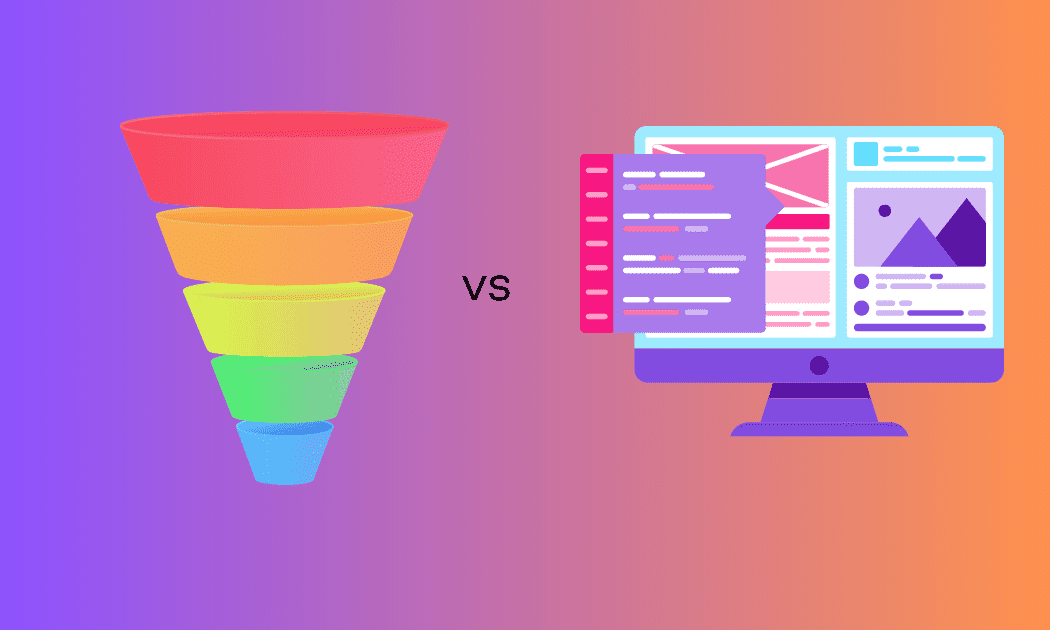
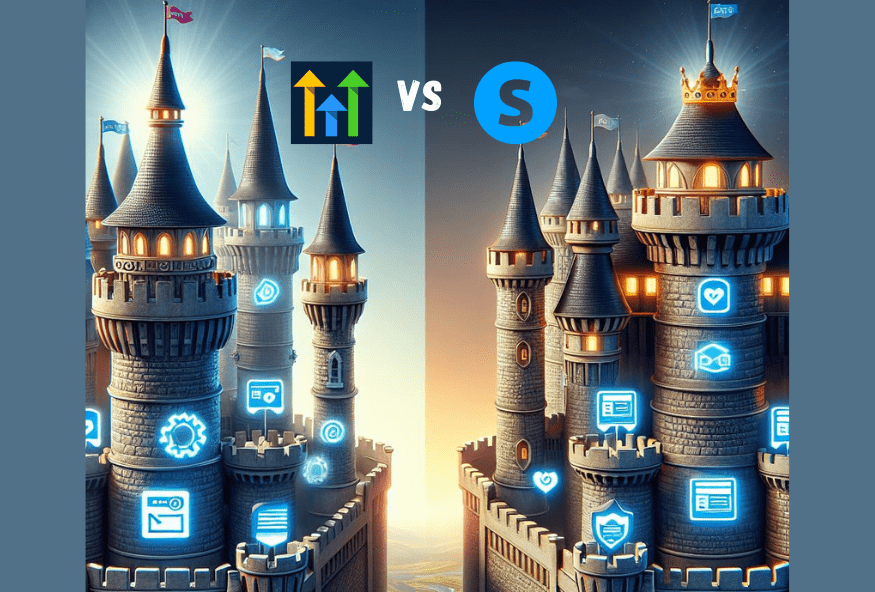

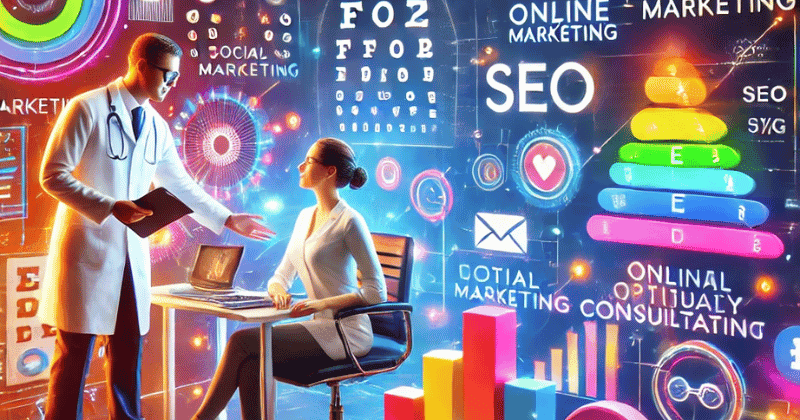
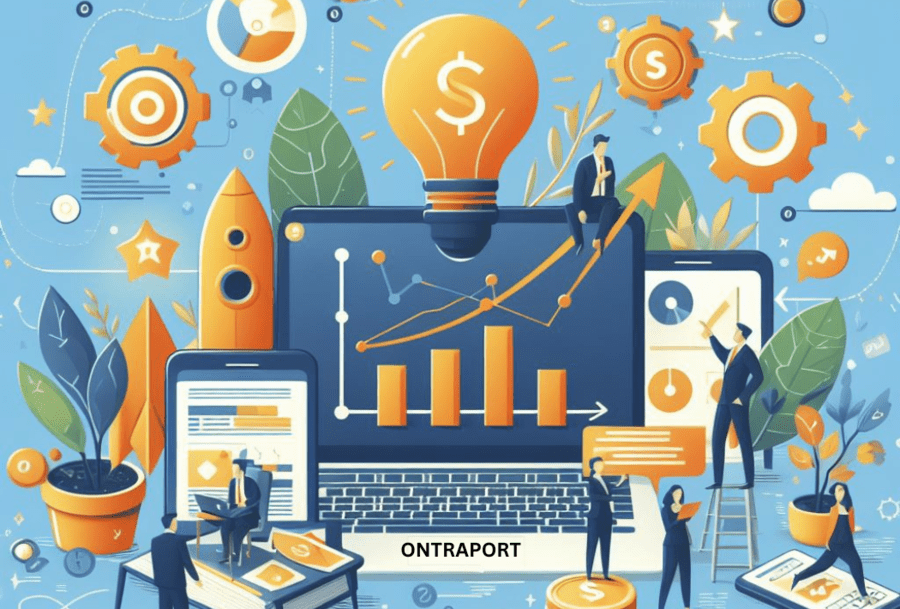
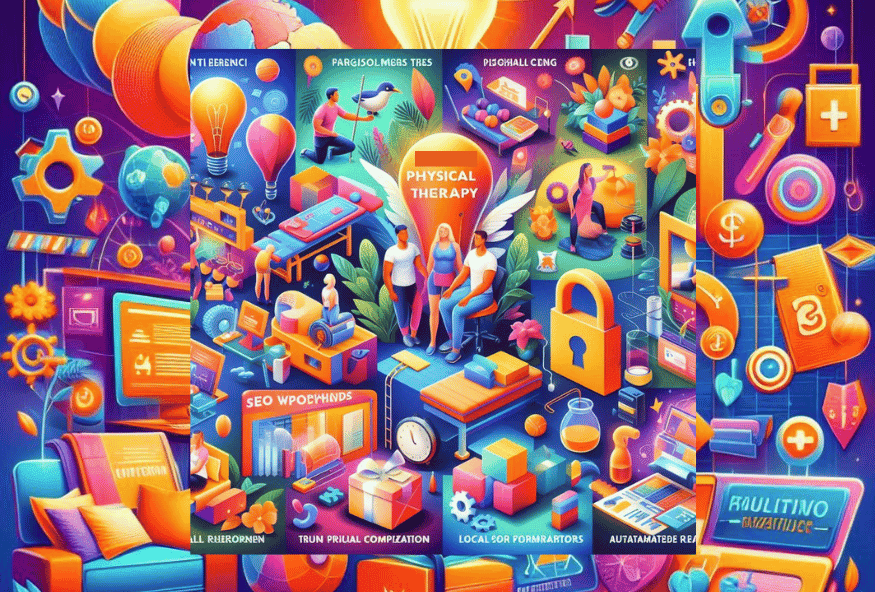



2 Comments